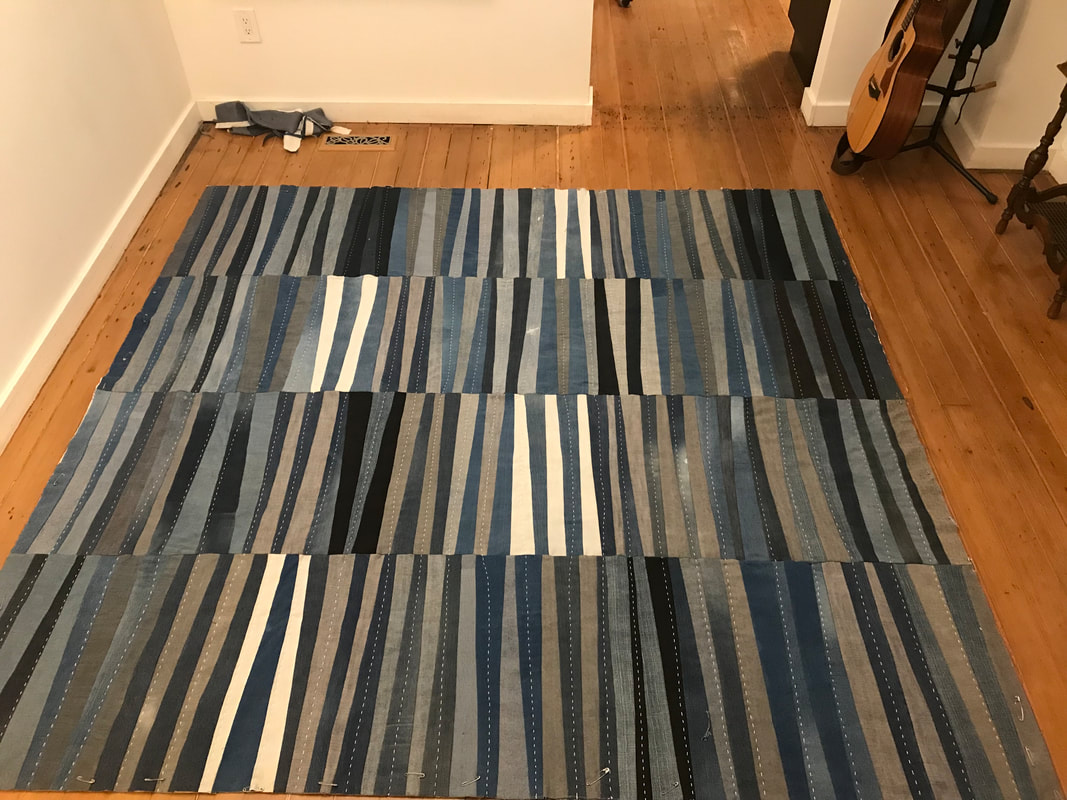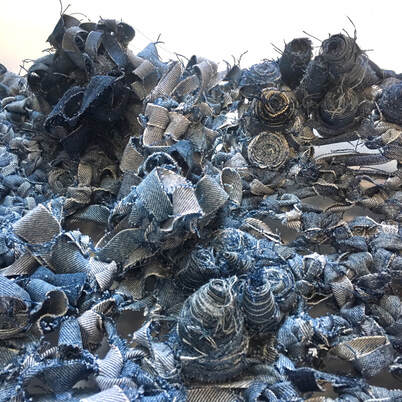
There was the troubling of its position: Why not on the wall or hung from the ceiling? Since it’s sprawled out on the floor, does it invite being walked on?
There was the troubling of method: Why the knotting and weaving and braiding? Why the obvious waistbands and labels? Why spend all this time and labour? Why not just a pile of denim strips?
And there was the troubling over concept: Is it too obvious? Too simple? Too many signifiers? Not enough points of entry? Or too many? Is it art or craft? Who is this talking to? And to what end?
And those are just my questions.
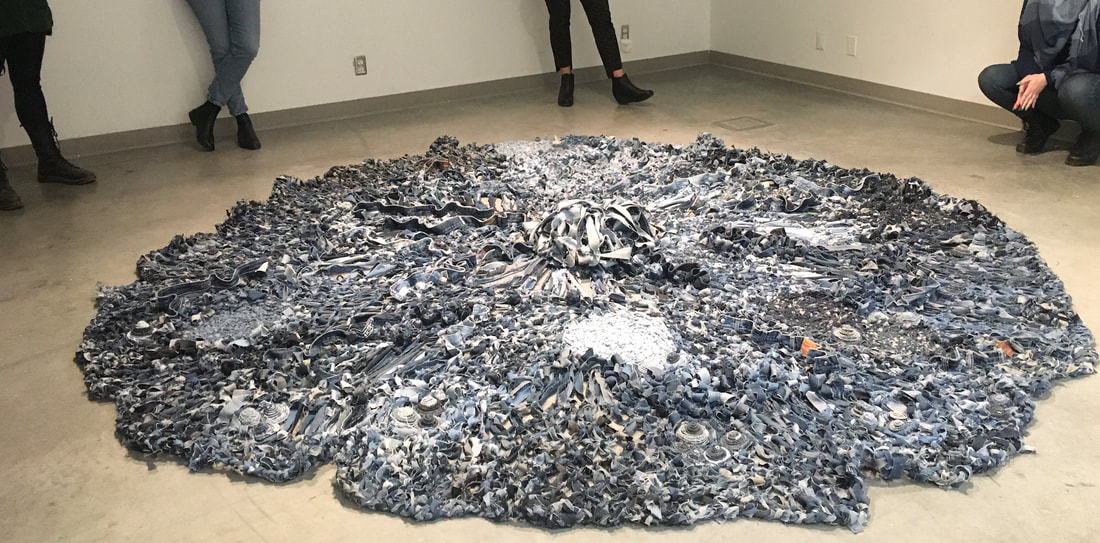
As much as I could have sat and gazed at the striated piles of folded jeans collected, machine-washed and line-dried by my mother and hauled to my studio by my others, now those jeans demanded more of me.
Seams, the index of the work by mainly women in foreign factories, needed to be exposed, so I cut them away from the yardage, bound them up in my own hand-stitching into tight, potent fast-fashion/slow-craft units. For what? For now, just for today: my daily reminder not to overthink or force solutions.
The labels and tags required daylighting, too, and the more collisions the better between fonts and texts and all that those brands try to stand for.
That left the denim textile, the fabric of this whole fraught, toxic industry. Shucked from their constraints of style and function, I ripped them into strips and watched them fall from my cutting table into heaps on the floor like tidepools.
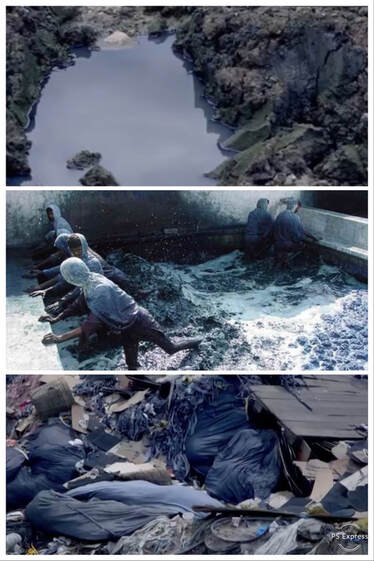 Image-searching "jeans industry" produces a blue-stained global-reality horror show.
Image-searching "jeans industry" produces a blue-stained global-reality horror show. Like most makers I know, I love the challenge of constraining the work to some specific rules of material engagement so I limited mine to a single material, a knotting/binding additive process and two tools: scissors and sewing needle (well, three, if you count my hands).
I intrinsically start from the centre in an almost innate process learned over a lifetime, from macramé plant-hangers (1970s) to braided rugs (1990s) to crocheted giant doilies (2000s) created to cover and protect in the public sphere.
The work begins with a gathering of material-energy into a tight nucleus of force (I’ve been mixing up issues of astrophysics and making over the last year) and spreads outward, finding pattern then breaking that pattern toward new horizons. It’s a process of allowing the material to ebb then roil up again into forces that break into near disintegration, a rhythm that keeps me in the swim of things. As it flows outward into small tsunamis, then eddies, I feel an oceanic, topographic, geologic personality wash over this thing.
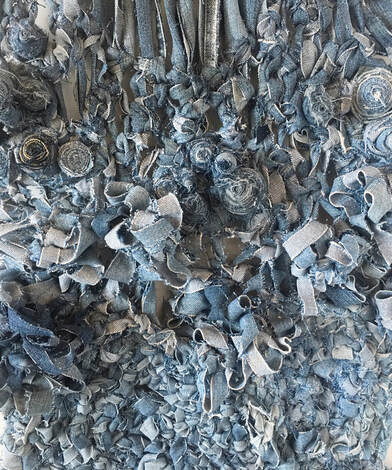
It is a resurgence of that making, and that fear of that flood and of the oncoming higher waters, but also the resurgence of my ability to grab hold of physically-challenging handwork after falling on the low-tide foreshore this summer and breaking my ‘good’ arm in two places. I cast aside those fears of not being able to make/do from the cast-offs of this unsustainable era of human history.
Resurge feels right for the piece formerly known as the Monster that raises issues from the ground up, this fuzzy menace.
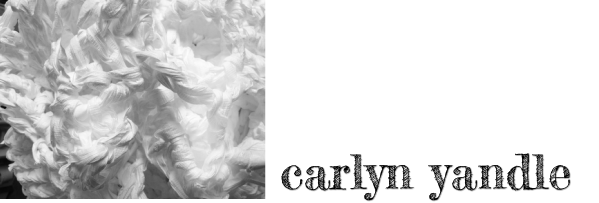
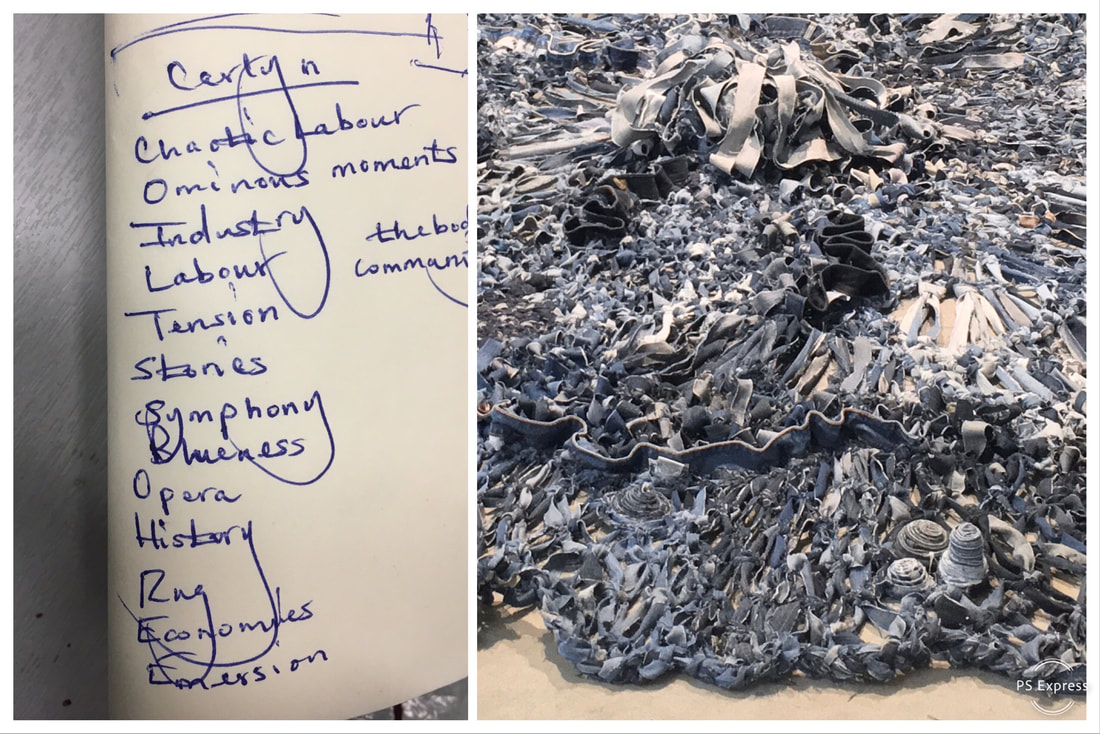
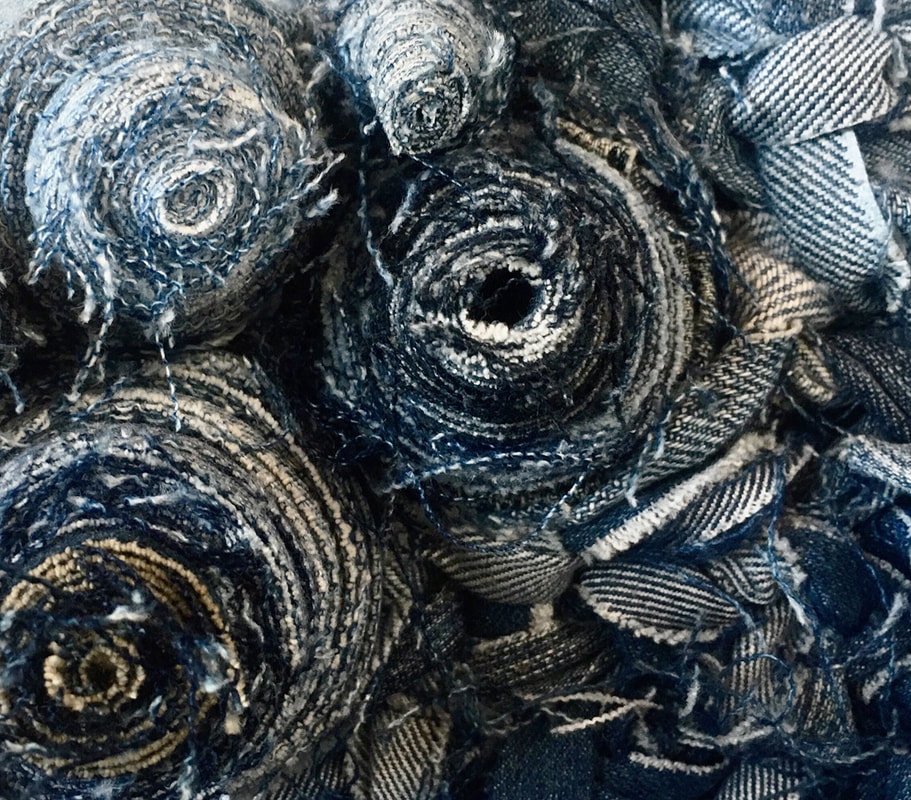
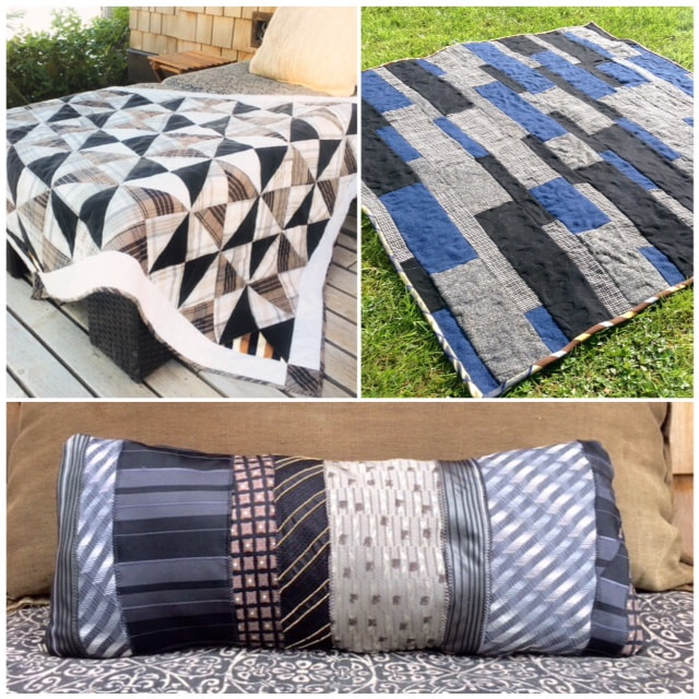
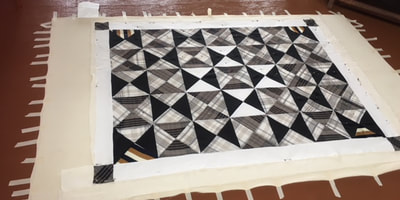

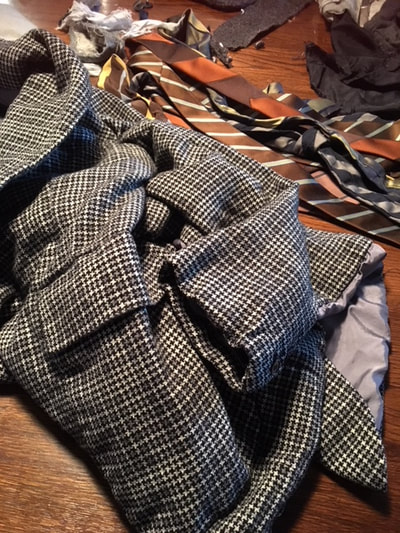
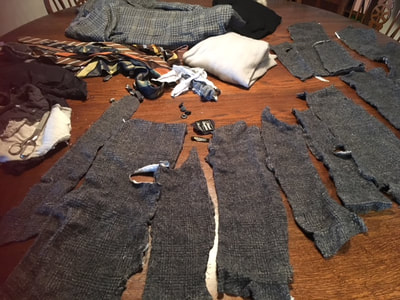
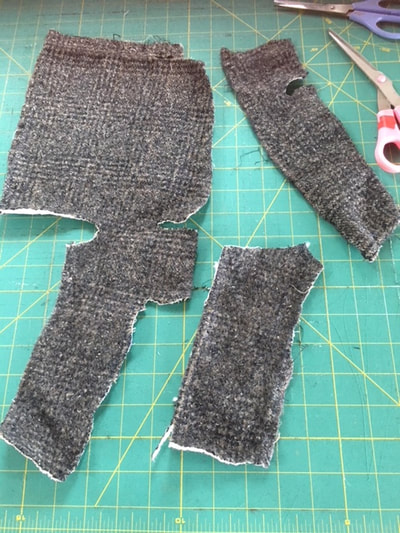
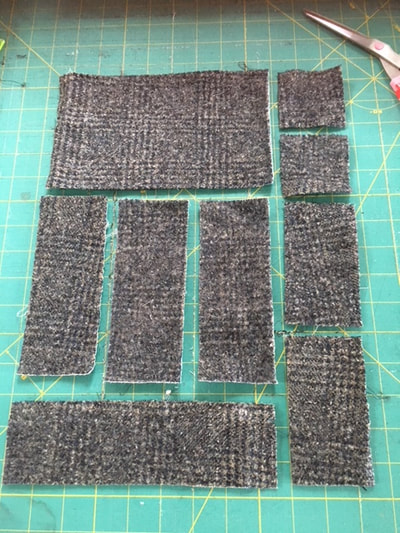
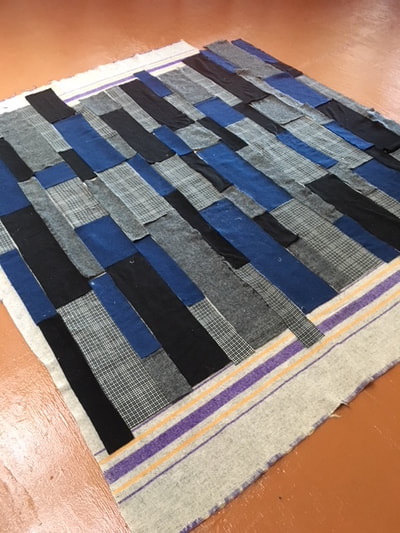
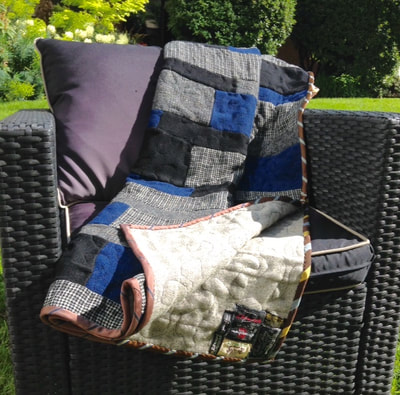
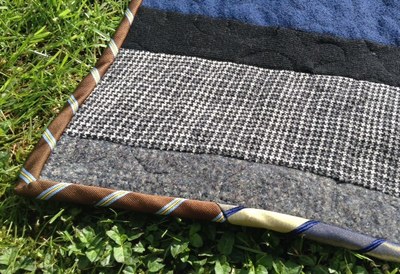
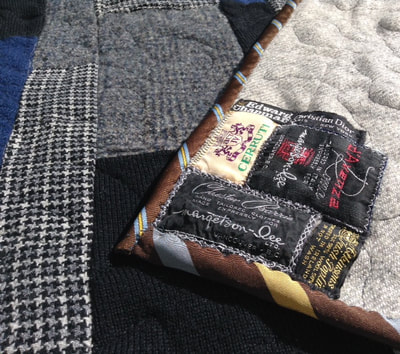
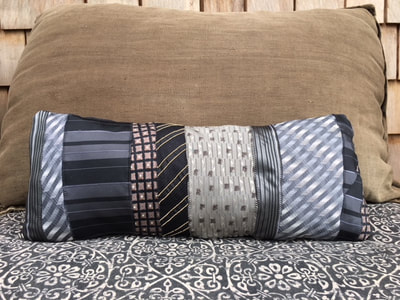
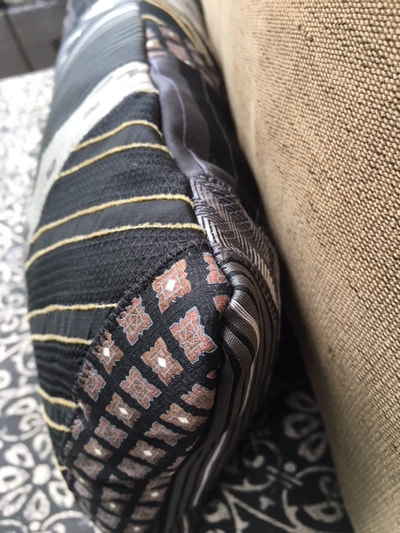
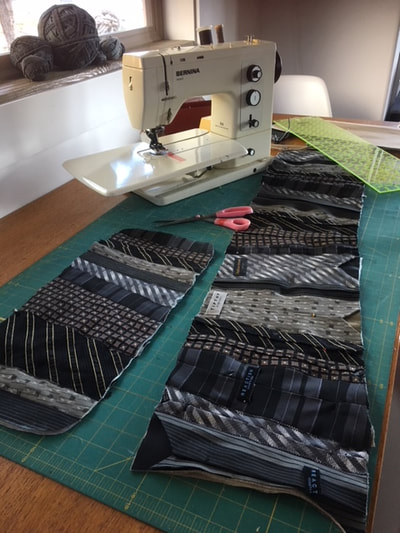
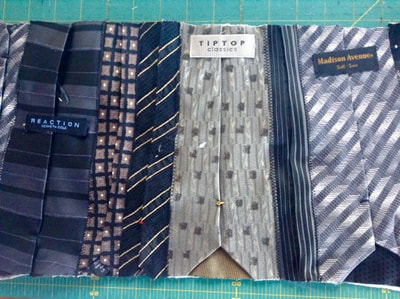
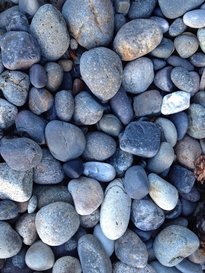
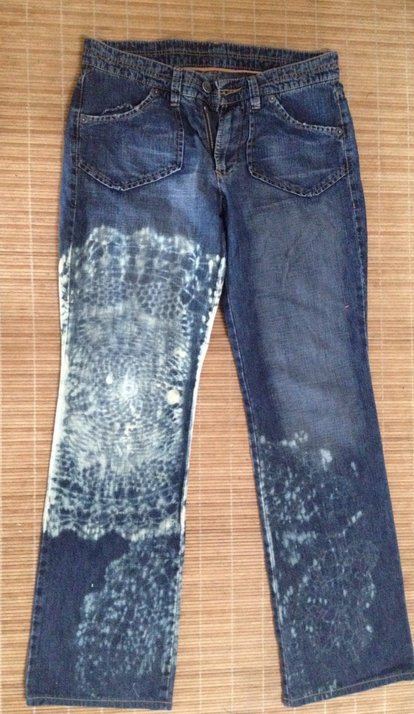
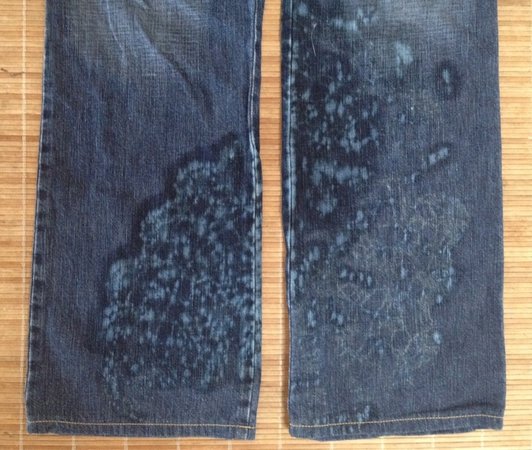
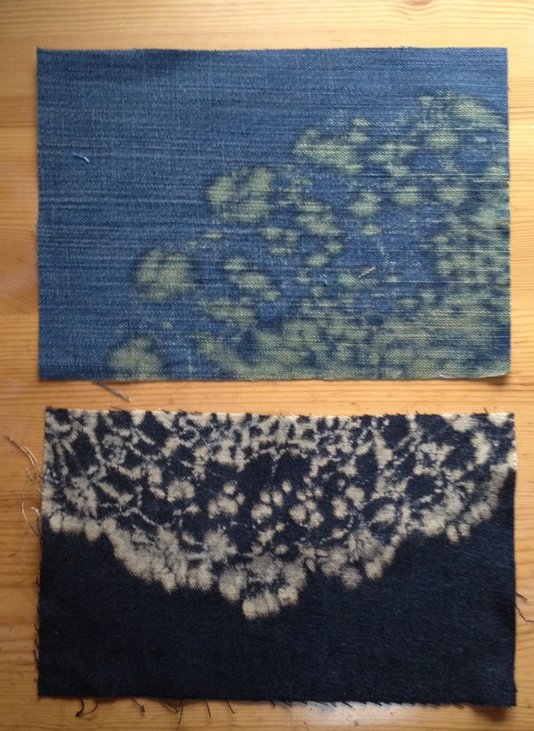
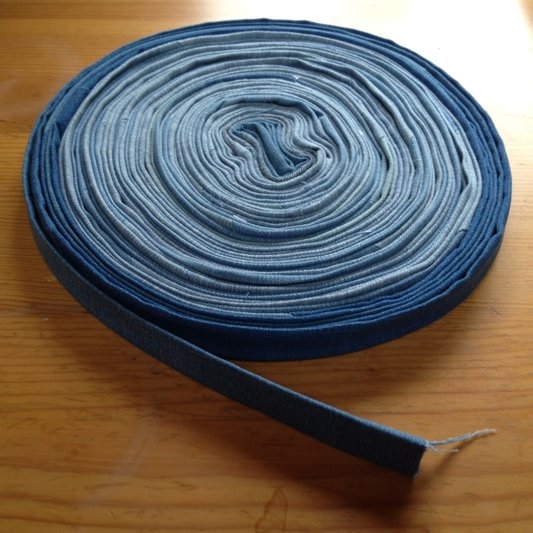
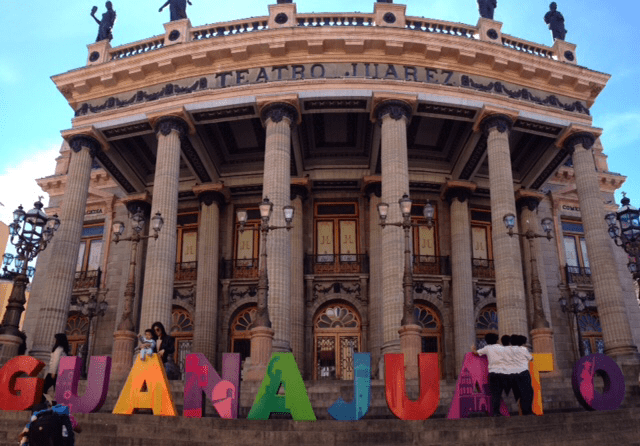
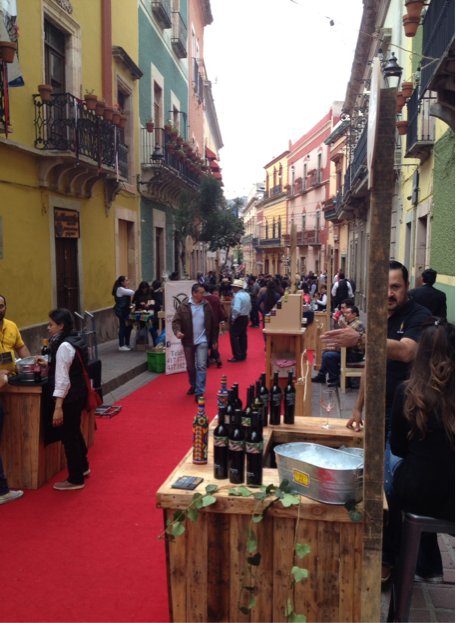
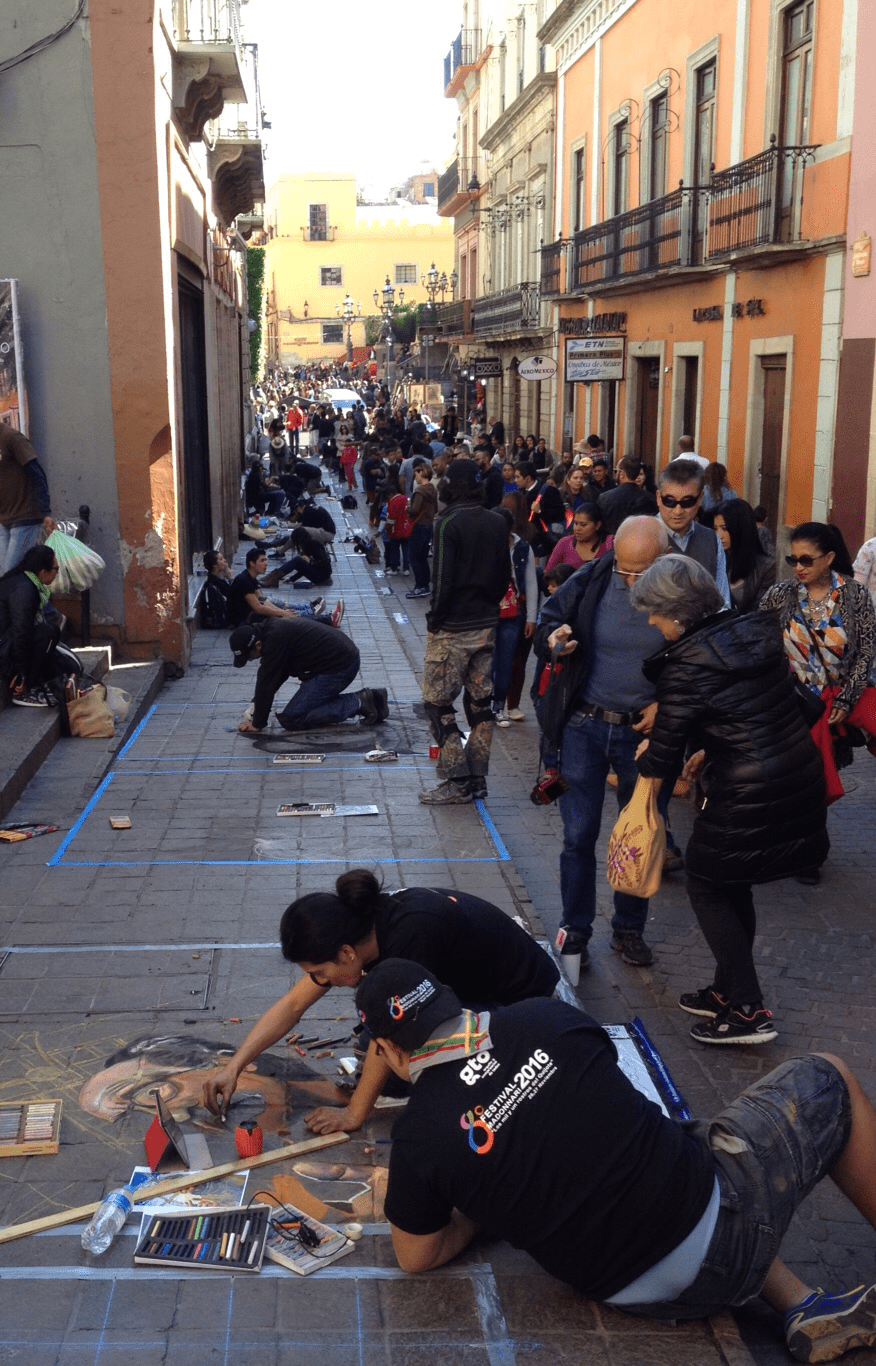
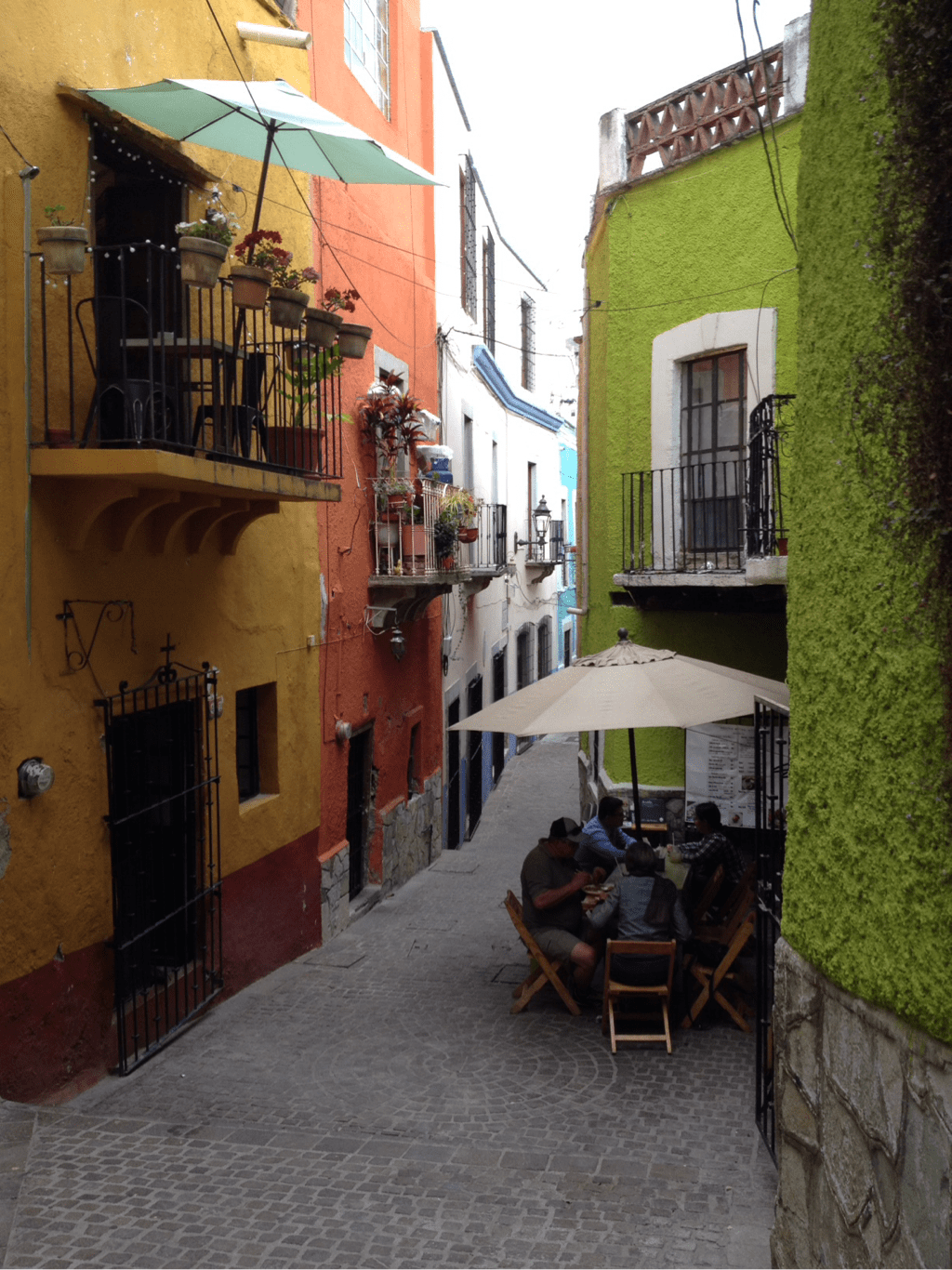
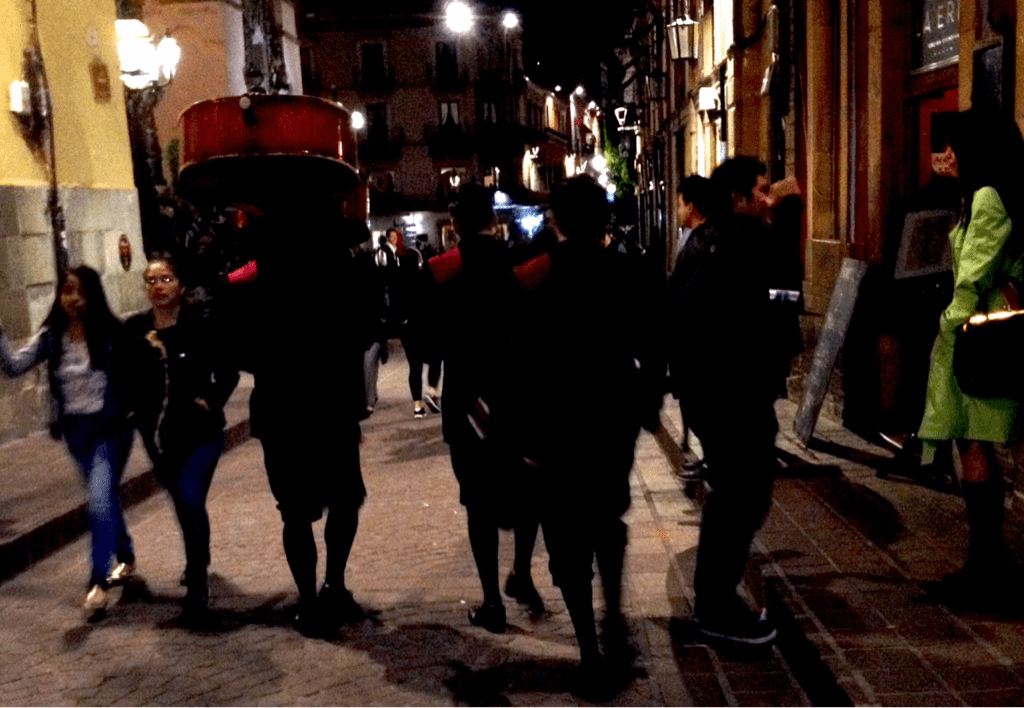
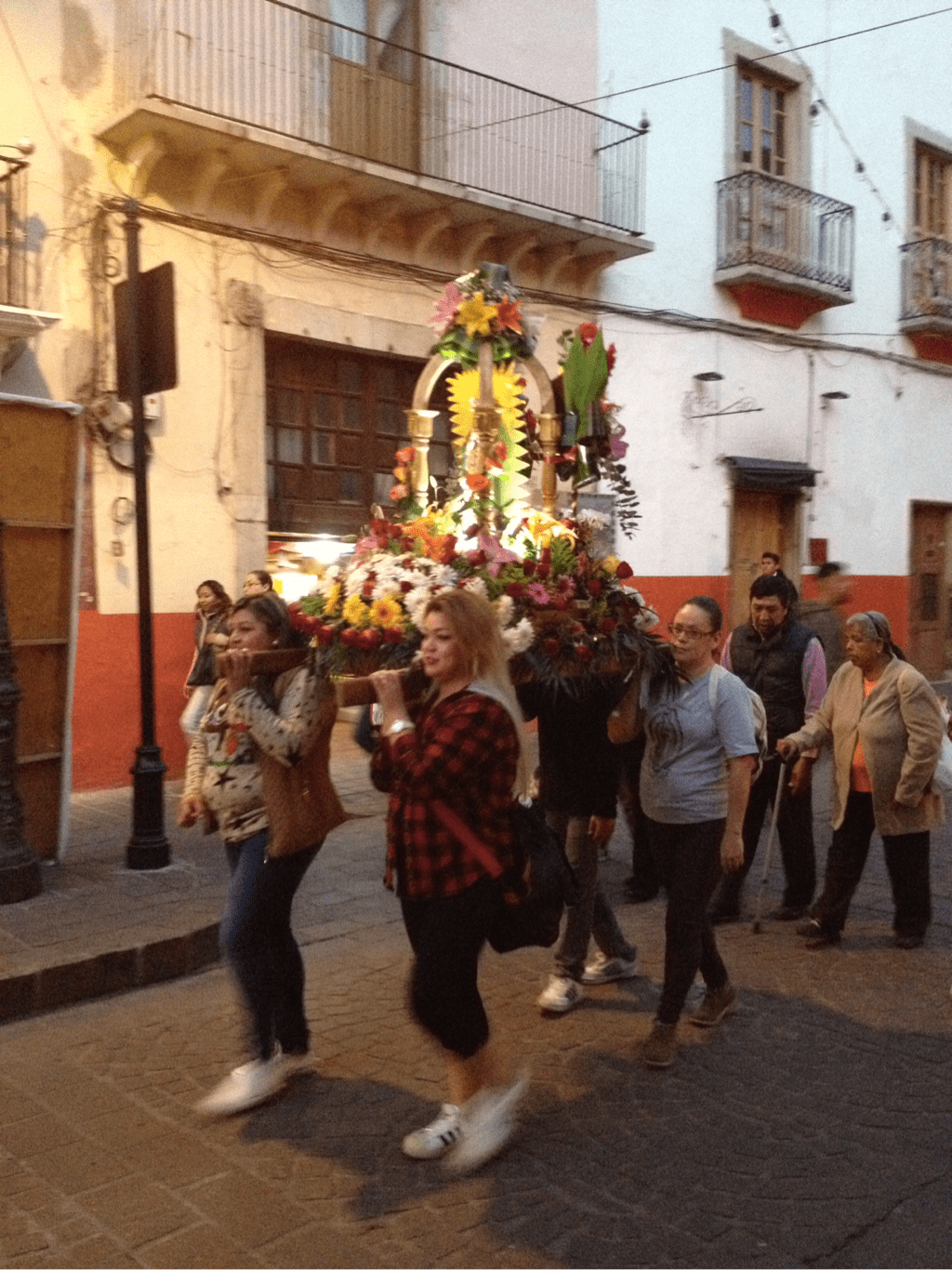
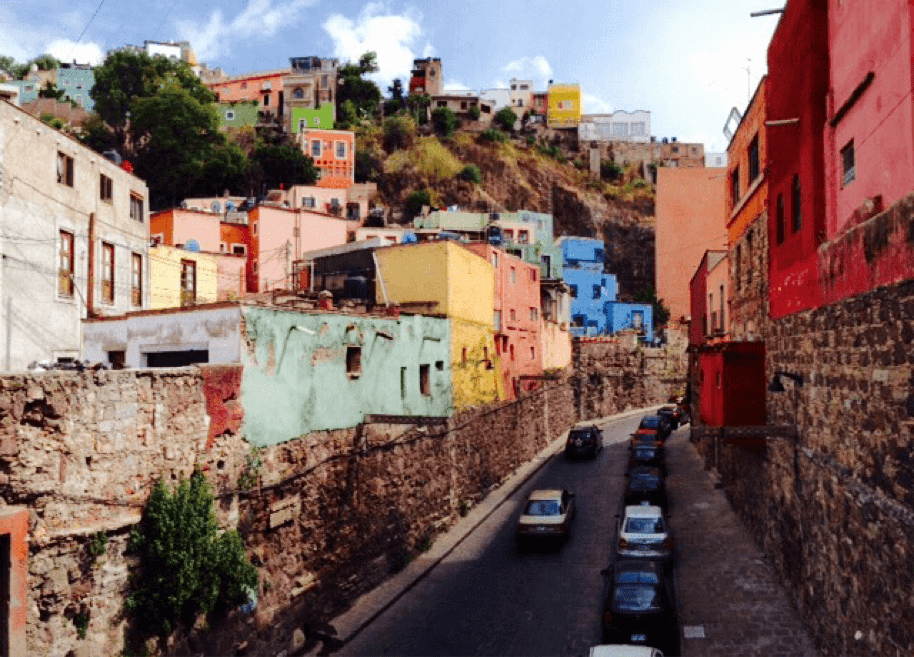

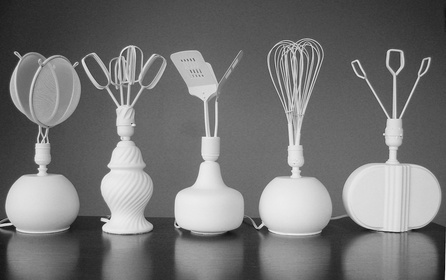
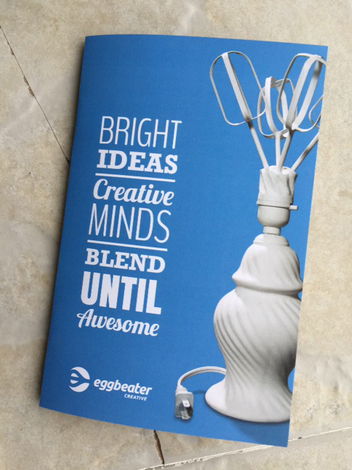
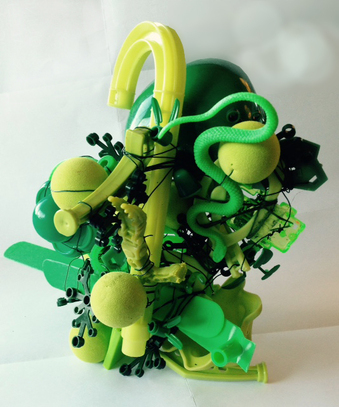
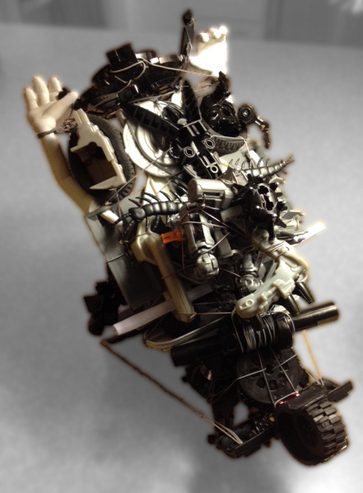
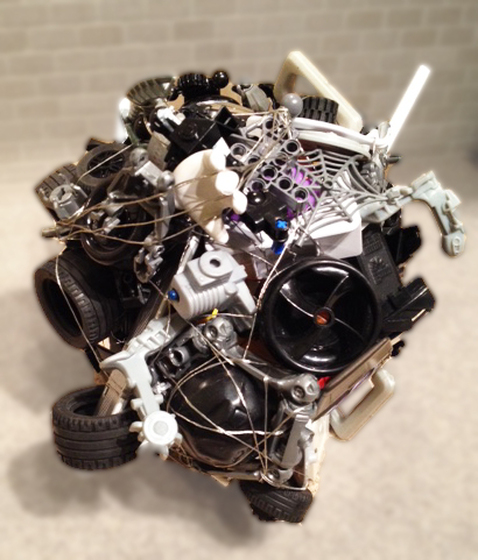
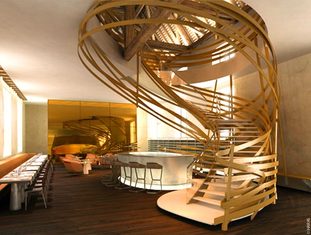
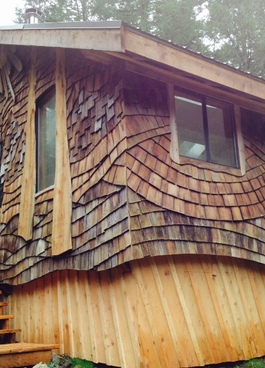
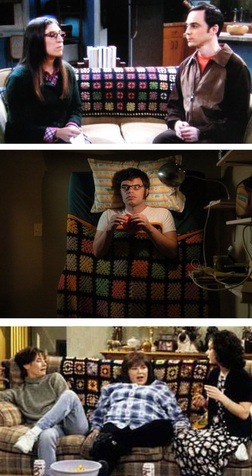
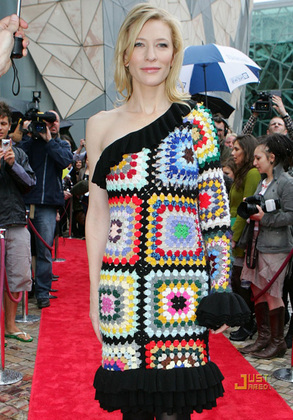
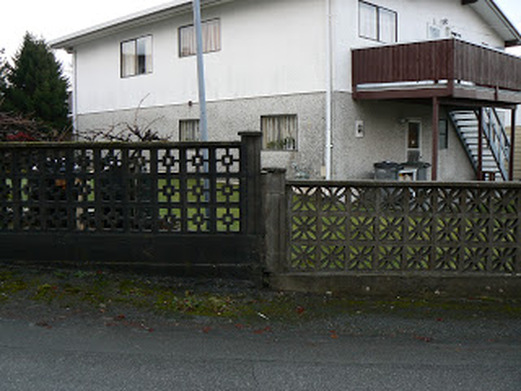
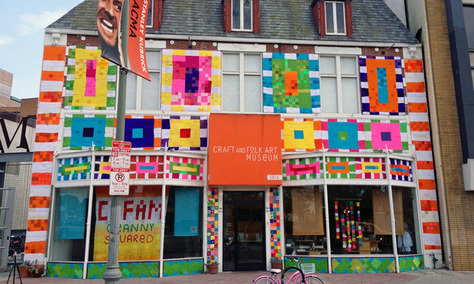
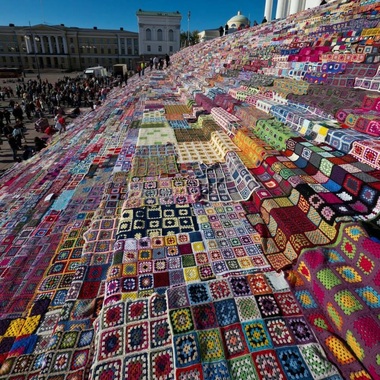
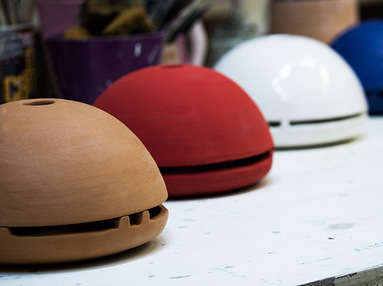
 RSS Feed
RSS Feed

